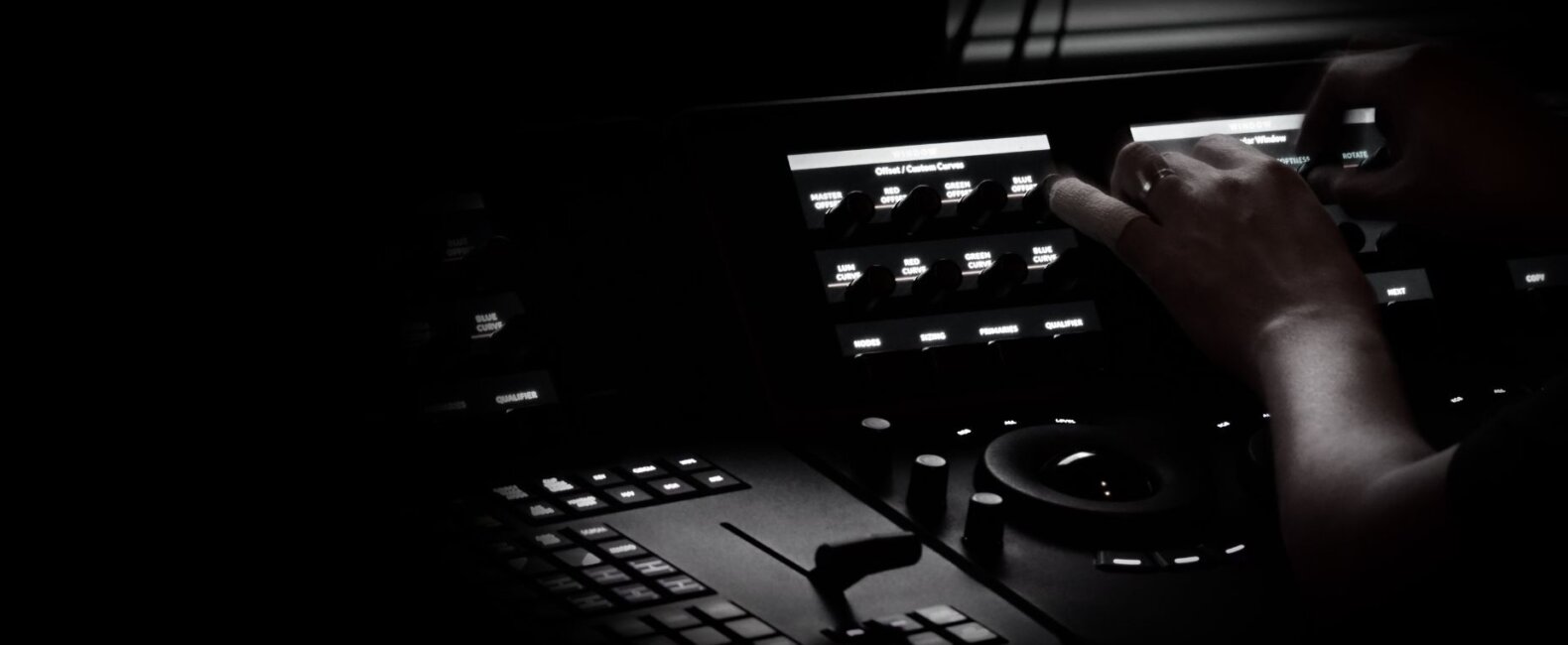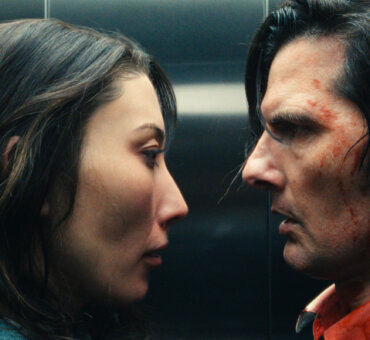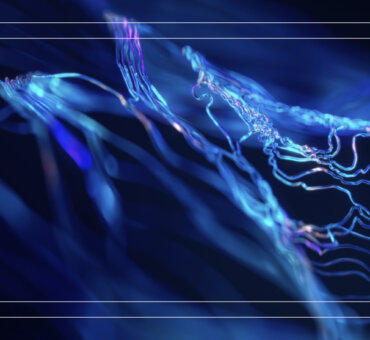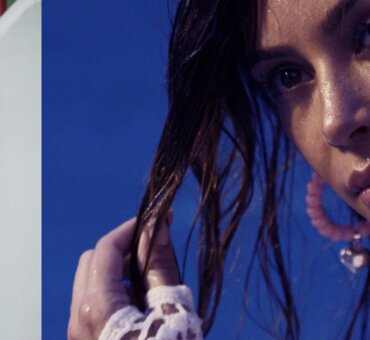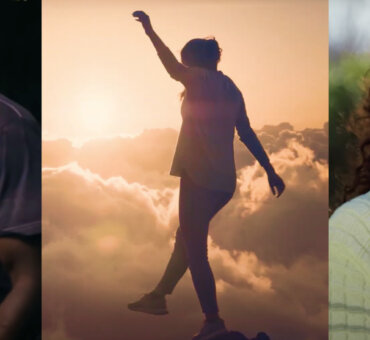We have the privilege of talking with some of the most talented filmmakers on the planet, which mean over the years we’ve heard many perspectives on the art and craft of editing. Through those conversations, bits of advice and their themes seem to pop up over and over again.
Of course, every editor finds their own process, but these tips can be both foundational and insightful as you continue to build out your own voice in the editing bay. Compiling advice into 4 key components, we’ve broken down the process of editing to explore it on a deeper level, exploring what it takes to develop a strong narrative.
Here are ten different editors on the key components of their craft.
1. Building a Narrative
As any editor (or director or writer) will tell you, the most difficult part of a project can be starting. The dreaded blank canvas has claimed the lives of far too many great ideas. SNL editor Adam Epstein pointed out that he starts by looking at sections that speak to him the most and then follows their lead. It doesn’t need to be the opener. It just needs to be good:
“Starting, a lot of times, is a very hard thing to do. When I’m building something out, I don’t build it linearly with the first shot in the first scene. I go through everything and find moments that I feel will work well. I’ll start with things I feel really confident about and get that down first to start building something out. It’s about letting it happen more organically. That’s really helpful because I have something to react to as opposed to creating from a blank space.
It depends a lot on the form, but it’s just those gut-check moments that you know are going to survive until the end of the process. I like this process because you can start to see problems and where things need smoothing, as opposed to building out things perfectly as you go along.”
Another way to get your project off the ground is to look at what type of project you’re cutting. In Jeff Groth’s case with Joker, he was putting together a richly detailed character study more than an action film, so he knew he needed to follow the protagonist (or, antagonist depending on your viewpoint) from start to finish instead of editing the scenes as they came in.
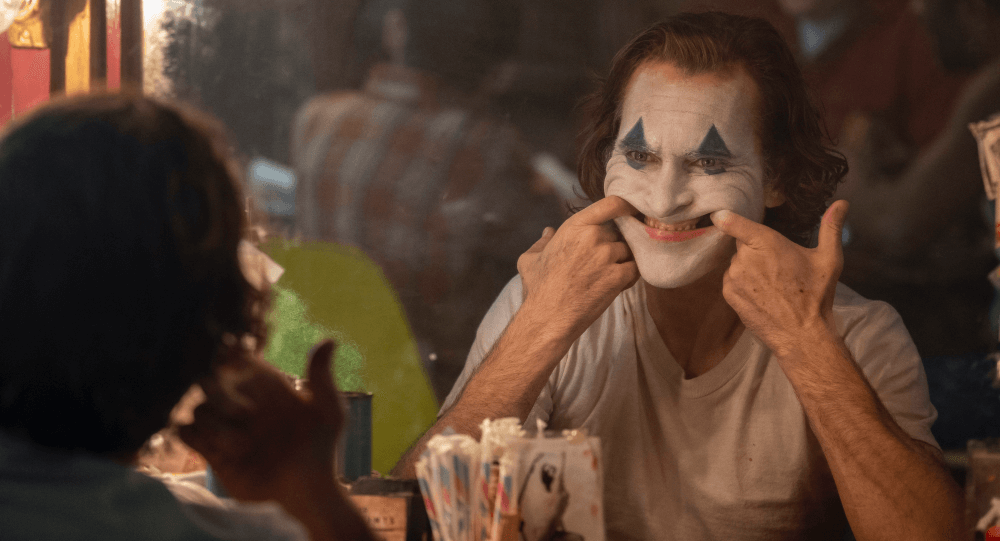
“Previously, I cut scenes as they came in. But since this is such a character study, we wanted to be able to watch his progression from where he starts the film to where he ends up character-wise. So, I began cutting the scenes in order. For example, on day one, they might shoot scenes 1 and 30 and then shoot scenes 2 and 35 on day two. So I would cut scenes 1 and 2, then leave the rest for later. Understanding the material is an ongoing process and with a movie like Joker—you know how the story is going to end, so it’s all about how you get there.”
Yet another technique is a mixture of the two, finding not only a moment that speaks to you but also a captivating performance for an actor. Michael Ruscio, ACE likes to key in on those performances and then start to build the structure around that moment, getting it to a point where it makes sense in the overall narrative. As he points out, many things change over the course of post-production, but these moments generally survive.
“Many times, l look at dailies and see a key moment that I want to be in—and sometimes those are very designed. Maybe it’s a scene where the actor is being pushed or there’s a big monologue. I’ll know in the scene I can give generously to an actor, to this character. Then, I can craft a geography or structure or understanding of who else is in the room or what they’re feeling, so I can deliver the performance to the audience. Give the scene its best, purest form, and let it breathe in that moment. By the time you go through the notes process, you don’t get many moments where you can really surrender to a performance, but when something’s outstanding, usually it will survive the various passes. It’s a very collaborative process. Everybody wants that moment.”
2. Following Your Instincts
When there’s a gap between your process and the final product, an editor’s instincts need to step in and take the wheel. As it turns out, that’s when the magic happens.
For editor Carla Luffe, she likes to take a cold approach when starting a project, avoiding treatments and director’s notes when possible. This way, she gets the purest reaction to the material possible, which is also the most honest.
“I think the purest form is in the beginning when I can mold it and suggest something. From the director’s point of view, he or she could come in and say, ‘Oh, that’s not what I intended it to be but you’re right, it works better.’ I rarely read treatments, because I want the footage to speak for itself. Then I work backward. I always work with my intuition in the first stages. It sounds scary, but it’s nice to look at it without knowing what I’m looking for, seeing what the footage is telling me, and then go back to the treatments afterward.”
And this part of the craft takes courage. For The Mill’s Head of Editorial Victor Jory, he’s learned over time that you’re always going to be short on two things—time and a direction forward—so you just need to start putting the pieces together and trust that your talent and experience will get you to a place that makes sense.
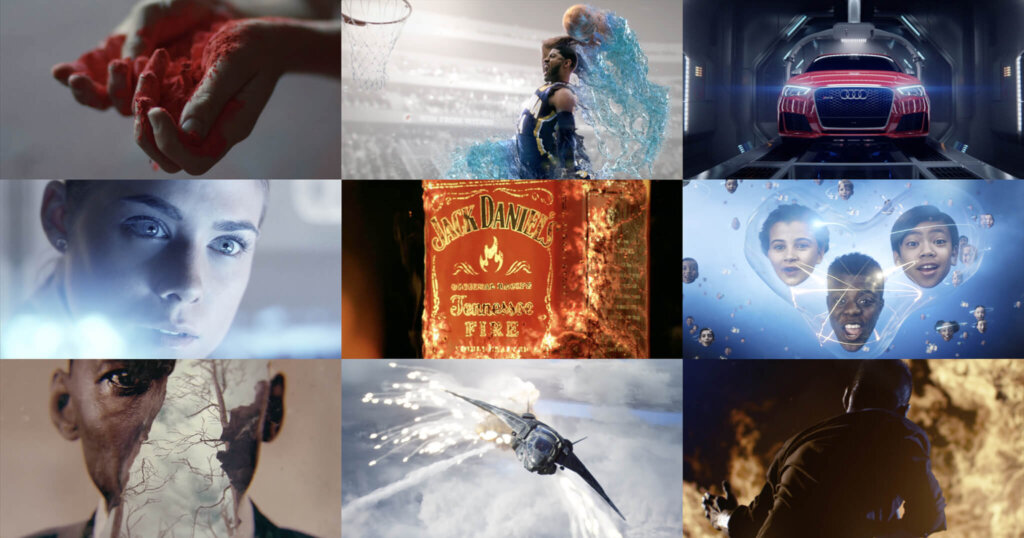
“It’s ironic because there’s never enough time, no matter what the timeline is. Some days, we’re just trying to get something turned around as quickly as possible. Then, on the other days, we’re so detail-oriented trying to crack all of these challenging problems on a complex story. It never feels like enough, even when you have too much time.
Someone gave me a good piece of advice once. He said, ‘Victor, you have to get comfortable with doubt.’ I think the more experienced you get, the more comfortable you are with not knowing what tomorrow will bring. If you’re able to put away that stress, you’re able to collaborate with other people and trust that you have the experience to put it all together.”
3. Defending the Story
And then there’s something that comes with experience: Backbone. Ultimately, you’re in the driver’s seat when a project comes into the post-production process and you need to keep the story on track, regardless of who is trying to take the wheel. For Andrew S. Eisen ACE, who was cutting season one of The Mandalorian at the time, he knew a key scene needed more time to breathe, and was willing to hold his ground when director Jon Favreau was looking to trim it down.
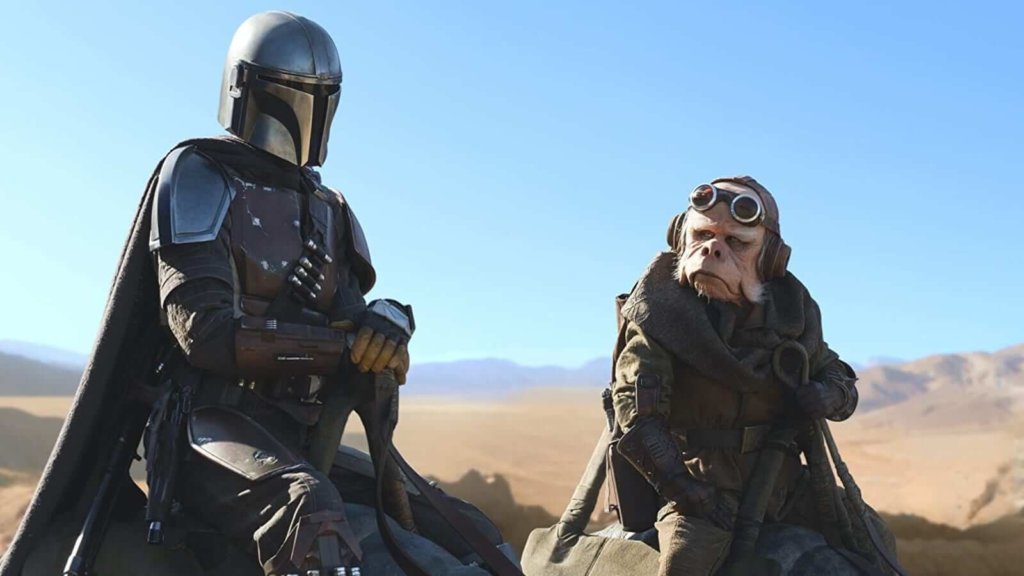
“We spent a lot of time in the opening scene [Episode 1 of The Mandalorian]—a scene where he’s repairing himself after a fight. Really elongating that scene. Employing close-ups of the baby staring at Mando and watching Mando trying to empathize with him as he’s wincing. We repeated that scene a lot. At one point, Jon [Favreau] said that the scene was too long, but I pushed to keep it long. If you had the patience, I thought it would have some heart and it did.”
Sometimes, you’re the only one in the edit suite. It can be unnerving. Regardless, your job remains the same. Keep your eyes on the story, knowing where it needs to go. Be bold enough to make decisions on your own as renowned editor Richard Pearson pointed out for his work on Wonder Woman 1984.
“Patty [Jenkins’] head was very much focused on production while shooting. I cut as she shot, and she didn’t have time to come by the trailer very much. I decided early on to play the role of lighthouse captain: if something seemed headed for the rocks, editorially speaking, I’d bring it to her attention, then continue with the cutting. She saw very little cut footage till after shooting ended, so viewing the editor’s assembly was a little hair-raising for me. We didn’t know each other before that project, so that could have been my last day on the job, but she was happy.”
4. Honing Your Process
The beautiful part of editing is that your process is personal. Because so much of the craft comes down to gut and instinct, every editor innately carries their own process—and it can come through in so many ways. One common starting point though is having a point of view. You bring something to the table—perspective—and that’s what any good director needs most. When Mikkel E.G. Nielsen was brought on to edit Sound of Metal, he won the job because he recognized this upfront.
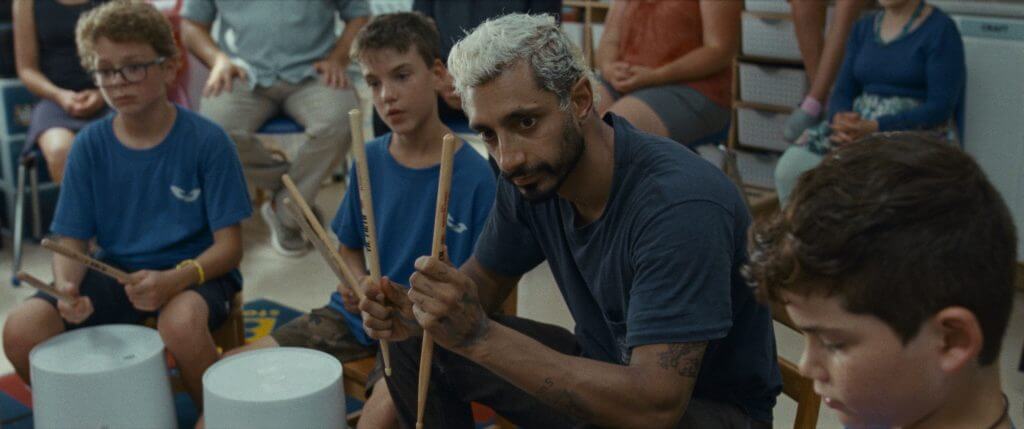
“I’ve previously worked with directors who were editors. Darius [Marder] had this approach for interviewing editors where he would say, ‘I want to do some of the editing myself.’ I had read the script, seen some footage, and really liked it. But I work in a different way. I wanted to challenge him, so I said, ‘That sounds great. Would you like to hear how it will be if you edit it with me?’ He was very surprised I said that.
It turns out he had told himself that the first time anyone challenged him about how it was going to be, he would go with that person. He was so into the material and wrote thousands of pages explaining everything, whereas I went into the project fresh, knowing as little as possible. I asked him to give me all the material and let me put together the first assembly from scratch.”
This back and forth is everything. Every question, every push, and pull, forces you to look at it through a different lens. Even if the first cut of a film isn’t exactly where it needs to be, it’s helping the director and the editor see the next step. From there, as Minari editor Harry Yoon says, you rinse and repeat.
“There was a lot of detail, both in [Lee Isaac Chung’s] script and in his memories, offering details about life in that era and territory. So specificity could then keep the audience engaged as they projected their memories of emotional intimacy onto what they were watching. The first assembly landed at 3 hours and 40 minutes. I included many scenes, even though they weren’t all the way he intended. But it was about making the best choice for the movie. He saw interesting ideas, and from then on it was him pushing me. We were both trying to raise the bar all the time, and peel these layers off.”
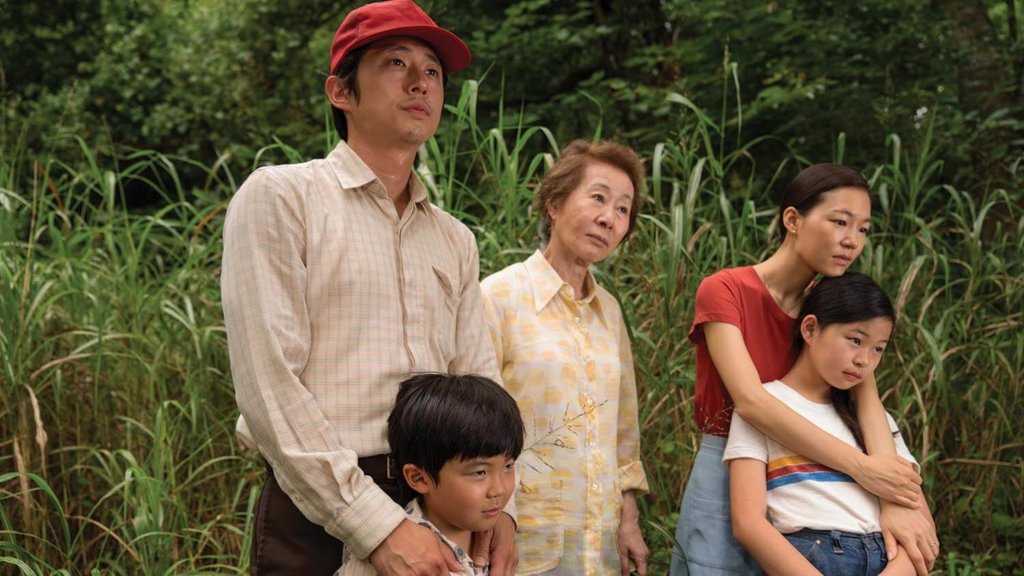
Ultimately, the job of an editor is not defined by the film that audiences will see. It’s defined by your process. Ellie Johnson has learned over the course of her award-winning career that if she can learn to love the day-to-day, the project will be better for it. It’s a paradox: The less you focus on the end goal, the closer you’ll end up getting to that goal.
“When I think of who I am as an editor, I think about the time in the edit suite, not the final product. I think about the type of directors who I like to work with and the type of relationships I like to have. How I run my edit suite, rather than the final output. You are at a point on this collaborative journey. It’s never solely resting on you in the same way it is with a director, and then you hope that it comes out with their voice at the end.”
We’ll end by saying this: reading these tips may give you a head start when you sit down in an editing bay, but you need to test out your own processes and learn by making mistakes and experimenting with your own narrative.
This is why we’re so excited about this year’s Editfest, our annual competition where skill and style go hand in hand as editors compete for $50K in cash prizes, an editing credit in an official music video, and personal feedback from industry-leading judges.
Think you can make the cut? Download the starter kit today.
